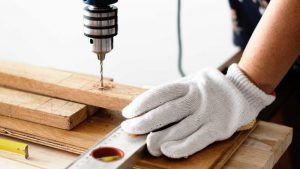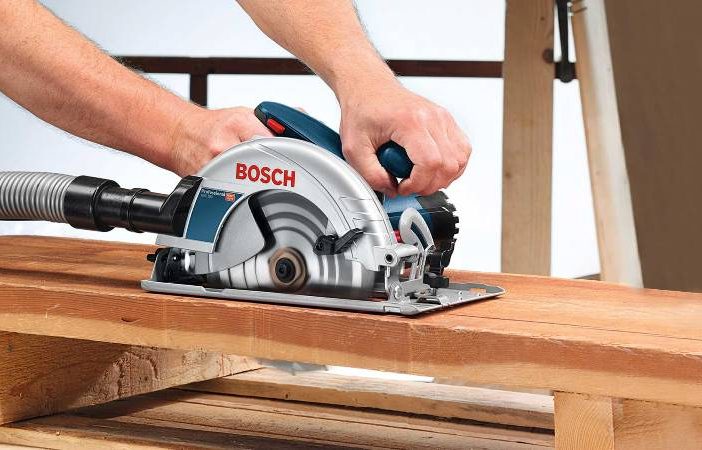Powertools can be somewhat frightening, but much like any uncharted territory, the better you get to know it, the simpler it becomes. To ensure that you know your drills from our drill-bits, and RPMs from Nm, we’ve put together a crash course to get you up to speed with the world of powertools.
With this handy guide, you’ll be ready to invest in the right tools to up your DIY game at home.
Consider the job at hand
Before you start any DIY project at home, you will need to determine which tools you need. Don’t be intimidated by overwhelming powertools — the job measures up to the product you need. If it’s casual weekend DIY, you may not need industrial-spec equipment. However, having said this, it’s better to have too much power or performance than too little. So don’t opt for the lowest-end option in order to save money.
The right tool for the job
Learn what each tool does. For example, some cordless drills are good for drilling into wood and steel, but not into concrete. For this, rotary hammer action is required. This is usually stated on the product packaging or online information on the product or brand’s website. Use these resources.

Understanding the tools
Familiarise yourself with the lingo of powertools. RPM (revolutions per minute), torque (measured in Nm or Newton metres) and voltage or wattage (depending on whether the machine is powered by battery or mains) are important ones to take note of. Generally, the higher the wattage, the more powerful the cordless tool. However, Nm is actually most important, as it’s the tool’s torque output. Having tools with torque settings you can change is useful as you can make adjustments depending on whether you are drilling into tough or more pliable materials. As far as drills are concerned, rpm is also very important. Go for a product that enables you to adjust it. So, for example, you would choose the low-speed setting for driving screws, and the higher speed for drilling holes.
Consider the limitations
Acknowledging the tool’s (and your own) limitations is a good process to go through. Understand that cordless power-tools (for example) have battery life and will deplete; that smaller drills can only drill through certain thicknesses of materials, etc. Consider what you’re capable of achieving on your own, or whether a professional is required – that said, it’s always good to give it a try.
Know the brands
Try and learn the various and well-tested brands that are available, because durability and quality can differ from manufacturer to manufacturer, as does the warranty. If you plan to use your tool over a long period of time, opt for a product with a longer warranty for added peace of mind. Quality power tools are an investment and if used correctly will deliver many years of superior performance.




